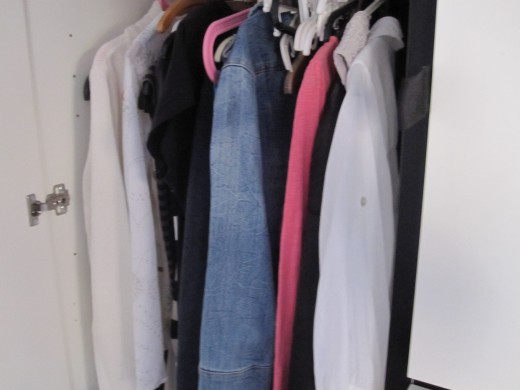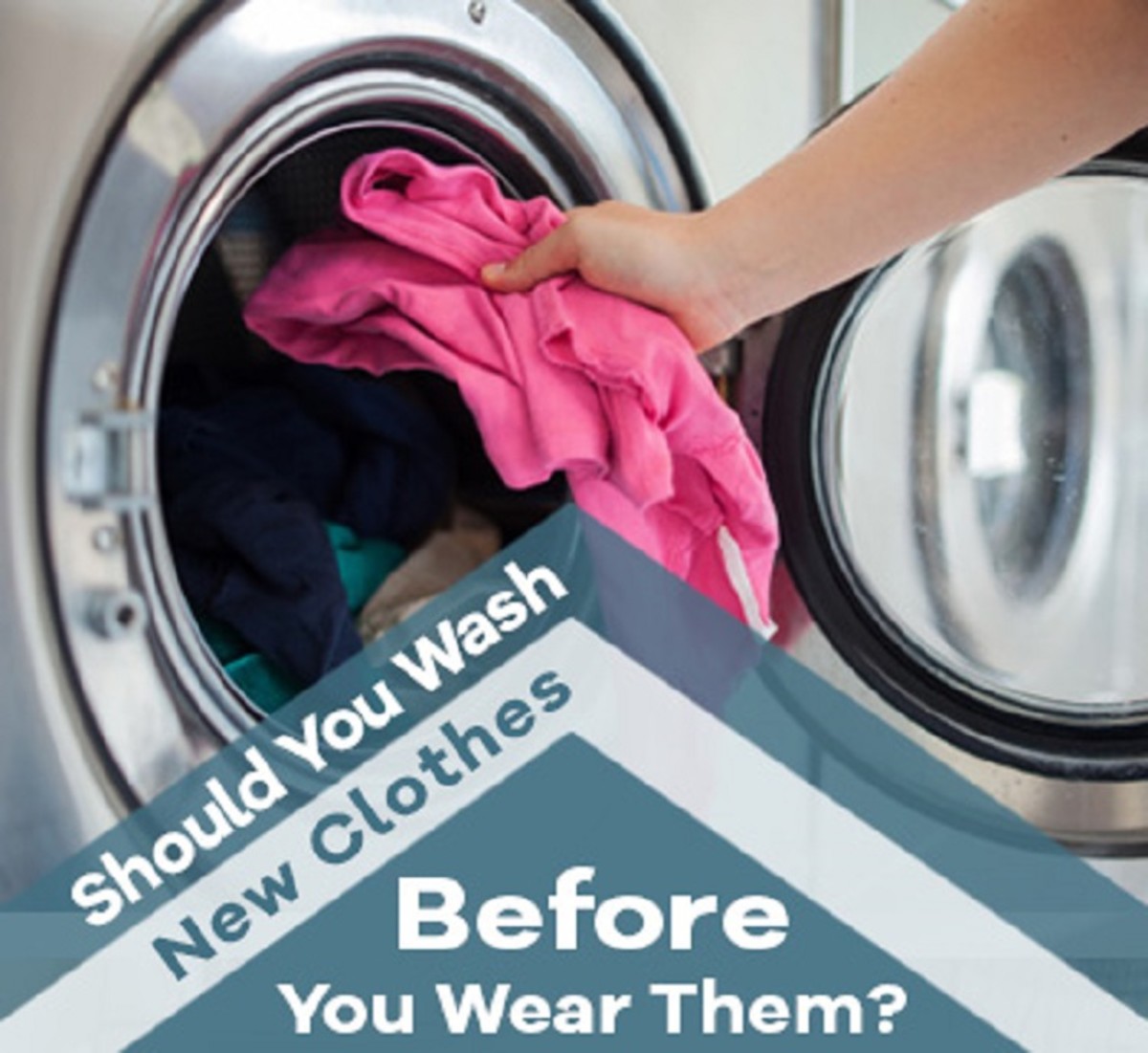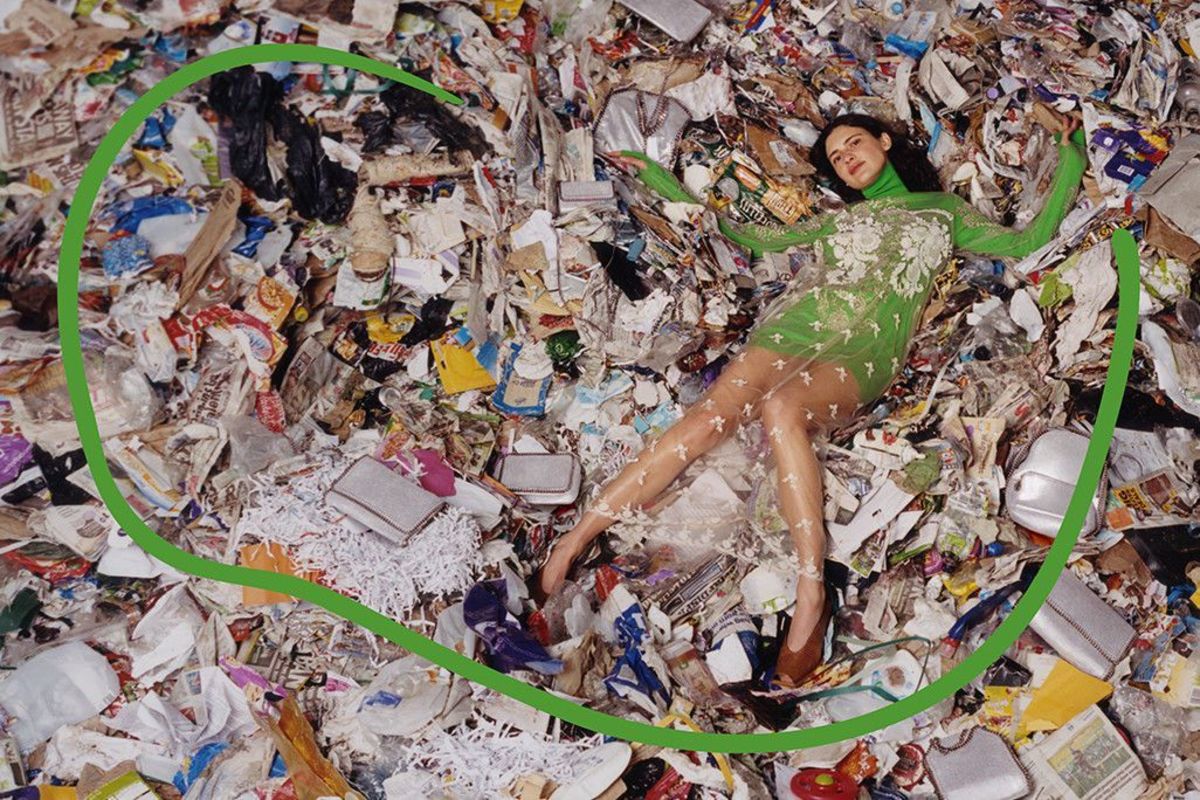How to reduce the risk of toxins in your clothing and be a conscious consumer of clothing!
As a woman I like to buy new clothes and I do enjoy clothing fashion. Clothes are important in many ways. They are practical; they keep us warm, they protect us from heat and they keep us decent in our daily life. Clothes can also make us feel beautiful and they are a way we use to express our selves to others. Even if we do not want to, we do judge each other on behalf of our clothing and how we are dressed. So I just wanted you to know that I am a person who know how important clothes are to people But I also know that in the manufacture of clothing many chemicals are used and some of them are toxic to humans and to the environment. So the question is; how can we avoid these chemicals? The answer is we can’t avoid them totally since some of these chemicals are more or less needed in modern textiles.
It is not even easy to reduce the risk of being exposed to toxins in your clothing. But since the clothes are next to our skin we can’t ignore the risks and I try to be a conscious consumer anyway. I know that I don’t succeed all the time but even the slightest effort will make a difference in the right direction.

I will give you some advices how to develop a more green consumption;
Avoid clothes treated with perfluorinated substances. The best way to avoid those garments is to select regular coats against weather. Tightly woven cotton is windproof and wool is naturally water repellent. Choose a rather traditional rain wear that should not be impregnated with fluorocarbons if you do not want to get wet.
Choose Eco-labelled textiles which show that the textiles meet some environmental and chemical demands. But even the labelling isn't a 100 % guaranty so be aware of that the clothing can consist of dangerous chemicals anyway.
Choose organic cotton because it contains fewer chemicals than the traditionally grown cotton.
Make sure you wash new clothes and textiles before you use them. By washing them you reduce the possible dangerous substances in contact with your skin. But unfortunately, since nothing ever disappears you will spread the dangerous substances out in the environment instead. So the only way is to make a good selection in the shop.
Be extra careful and cautious when it comes to items that are used by children.
Avoid, when possible, water repellent textiles, flame-resistant or anti-bacterial textiles since much more chemicals are used in the manufacturing of these clothes.

What else can you do?
Slow-fashion
Slow-fashion is an approach to clothing that gives priority to fewer, finer garments, of higher quality, with less environmental impact. Do not buy the cheapest clothes. The biggest problem is our “buy and toss- mentality”. There is a greater risk that cheap clothing is produced under lower standards, and that the workers who made the clothes have been exposed to greater risks. Opt instead for fewer clothes but with better quality and be happy with an interesting, unique and sustainable design. It is fashion that will hold in the long run.
Be a conscious consumer by choosing eco friendly products and eco design. Ask the shop; where does this garment come from? Where is the cotton grown, spun and dyed? If the store can’t answer such question, do not buy the garment. To buy an item is the end of a long chain and the shop must take responsibility for the workers who stand in chemicals up to their ankles.
Recycle and buy second-hand! It is impossible to continue producing this much clothing in a sustainable manner. We have developed a habit of “buy and throw” and we all know that this isn’t the right way to consume or live. Most of us have much more clothing than we could possible need!
Organize a clothing-swap-party!
Why not organize a swap clothing party where everyone brings nice and clean clothes that they don’t use so much anymore, and swap with each other. For someone else it could be the perfect addition to their wardrobe! You will have a great evening as well as going home with new clothes!
I am sure there are many more ways to be a conscious consumer and reduce the risk from chemicals. If you have suggestions please let me know! The most important thing to do is to develop another way of consuming. We can’t possibly keep on consuming in this rate.







